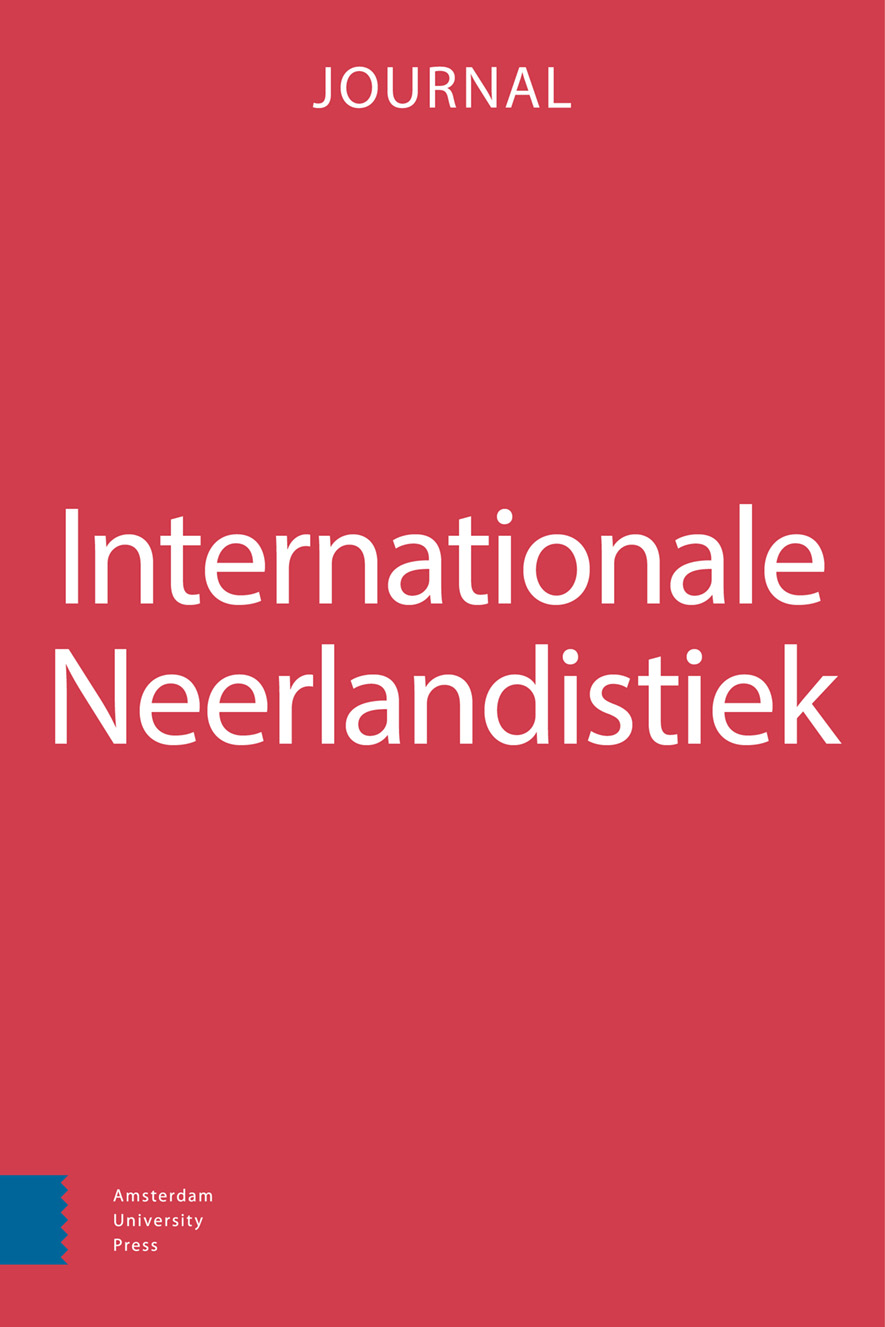-
oa ‘Hoe zeg je “I love you” in jouw taal?’
(Re-)productie van verschillen en diversiteit in het NT2-onderwijs
- Amsterdam University Press
- Source: Internationale Neerlandistiek, Volume 61, Issue 2, Oct 2023, p. 177 - 196
-
- 01 Oct 2023
Abstract
This study provides insights into the experiences, attitudes, and language practices of adult Dutch as Second Language (L2) learners in the Netherlands with regards to diversity in the classroom. Based on interviews and classroom-recordings generated during three months of linguistic ethnographic fieldwork in two L2 Dutch courses, this paper examines the ways in which learners make diversity relevant in interactions with classmates. Findings suggest that learners sometimes use essentialist discourse, but also find ways to challenge such simplifying discourse and often highlight their diversity as a unifying element. The study provides valuable information for L2 teachers and teacher trainers, as well as textbook authors, to approach the goal of intercultural learning and inclusive L2 Dutch education.


